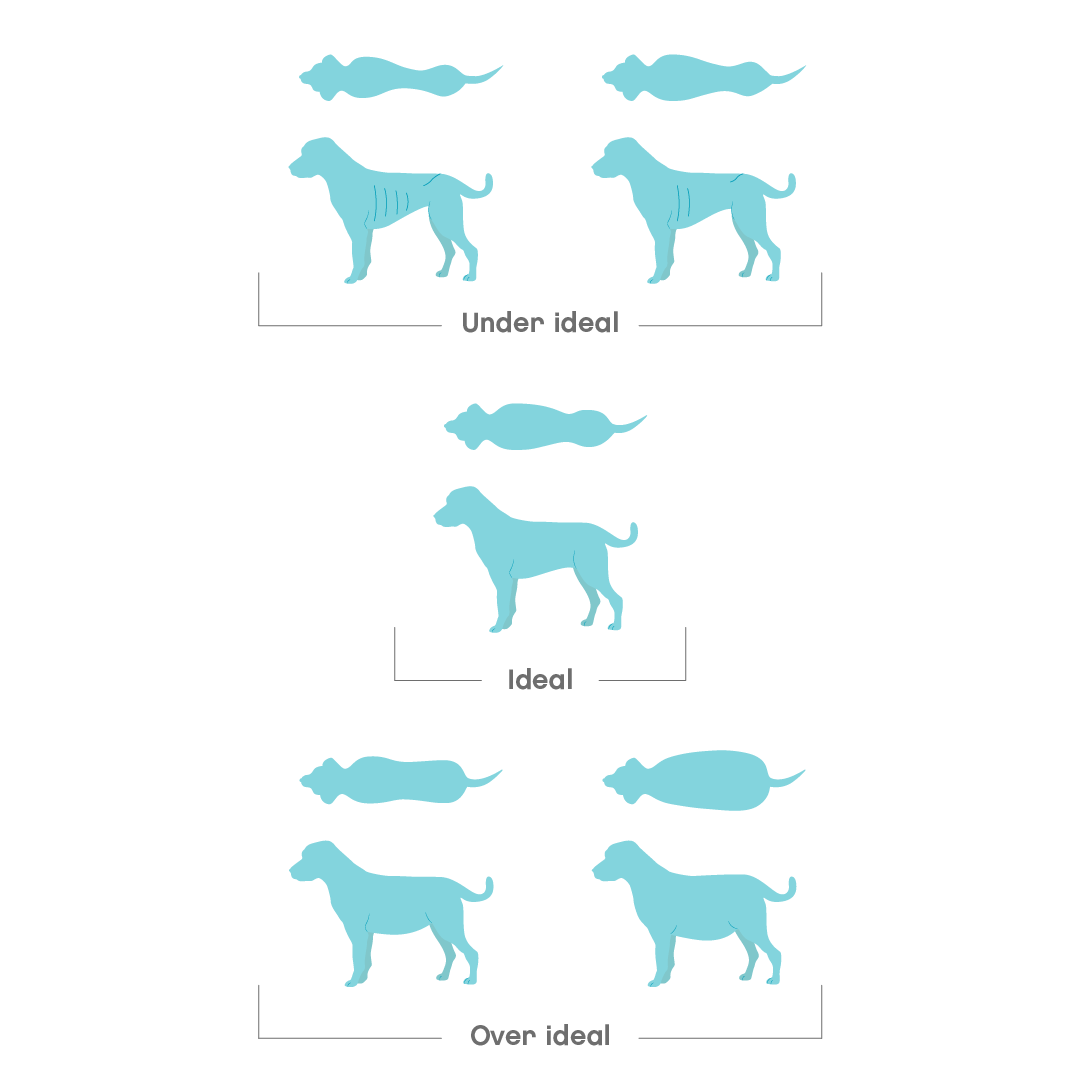Sprains and strains in dogs are one-off injuries to tissues like ligaments, tendons and muscles in their body. These types of injuries cause pain, resulting in a limp or a change in their walking pattern.
Just like in people, sprains and strains are most commonly caused by slips and falls, overuse, or overstretching. Sprains and strains are also called soft tissue injuries. If, after resting, your dog does not improve the next day, you should have them checked by a vet.
Overview
What are sprains and strains in dogs?
Sprains and strains are injuries caused to the soft tissues of a dog’s joints or limbs.
A sprain refers to an injury to a ligament. The band of tissue that supports the joint and connects bone to bone.
A strain refers to an injury to the muscle and/or tendon. A tendon is a strong cord of tissue that attaches muscle to the bones.
Common locations for these types of injuries include:
- Wrist (carpus)
- Elbow
- Shoulder
- Hip
- Knee
- Hock (tarsus/ankle)
Symptoms
Symptoms of sprains and strains in dogs
You might notice some or all of the following in your dog:
- Sudden limp
- Not bearing weight on the affected leg
- A painful leg: they may react when touched and sometimes bite
- Reluctance to exercise or difficulty jumping and using the stairs
- Stiffness when walking

Risk
Are some dogs more at risk of sprains and strains?
Sprains and strains are injuries that can affect any dog, regardless of age or breed. Although certain groups can be more at risk, such as:
- Athletic dogs, who frequently jump or turn as they exercise.
- Obese dogs, as they put excess tension on the joints and limbs.
- Older age (7 to 10 years) as the ligaments start to weaken.
- Breeds that have weak ligaments, such as Newfoundland, Labrador Retriever, Rottweiler, Staffordshire Terrier, Mastiff, Akita, and Saint Bernard.
Diagnosis
How do vets diagnose sprains and strains in dogs?
Sprains and strains are diagnosed by your vet using a combination of:
- Assessing the way your dog walks
- Hands-on examination, including an orthopaedic exam
Your vet might recommend:
- Radiographs (X-rays)
- Ultrasound scan
- Advanced imaging, such as MRI
Vet treatment
Vet treatment for sprains and strains in dogs
Some mild sprains and strains will not require any medication or advanced treatment options. Read more about this in the home treatment section below for some tips on how to help your dog with a mild injury.
In moderate to severe cases, your vet might recommend one or more of the following, based on your dog’s specific needs:
- Anti-inflammatory medication, muscle relaxants, or other pain medications.
- For more severe cases, other options may need to be considered, such as:
- Physiotherapy and rehabilitation.
- Acupuncture, massage, stem cell therapy, and laser therapy.
- Referring them to a vet specialist in sports medicine or orthopaedics.
Home treatment
Home treatment for sprains and strains in dogs
Most mild sprains and strains will resolve within a week with strict rest and cold therapy.
Strict rest includes:
- Not allowing your dog to use stairs, run, jump or play roughly.
- Limit outdoor time to 5-10 minutes on the leash and just for wees and poos (even if in your own garden).
- Crate confinement may be necessary when your dog is not closely supervised.
- After this resting period, it’s recommended to gradually return to exercise through leash walking.
Cold therapy:
- Applying a cold compress to the injured area to help control pain and inflammation. Use cold therapy for 10-15 minutes, 2-3 times daily for the first few days after injury.
Prevention
How to prevent your dog from getting sprains or strains
Care when off the lead
Dogs are most likely to injure themselves when off the lead. But it’s a balancing act since most dogs are also happiest playing off the lead.
Always exercise your dog off lead in safe places, away from cars or aggressive dogs.
Jumping down from high places
Jumping from a height risks injury, especially for small breed dogs.
Intense exercise
Just like in humans, before a long and intense exercise session, you should warm up your dog by gently raising the exercise intensity.
Dogs with arthritis
A dog with arthritis may experience worsening of their stiffness or lameness in certain situations.
For more information, go to the Home Remedies section in the arthritis article.
Body condition
Keep in a healthy body condition: obesity puts more pressure on the joints and makes your dog prone to injuries
Body Condition Score (BCS) is a scale that gives a practical evaluation of the fat coverage of your dogs body. By checking how easy or not it is to feel certain bony areas of the body, a score is then produced. There are several scales, from 1 to 5 or 1 to 9. The ideal body condition lies in the middle, so either 3/5 or 5/9. The body areas normally checked for fat coverage are: 1. ribs and spine 2. hips and shoulders 3. waist Here are a few tips on how to do it. With your pet in a standing position:
Body Condition Scoring (BCS) in dogs

When to worry
When should you be worried about your dog with a sprain or strain?
If your dog shows any of the following signs, contact your local vet practice:
- Persistent or worsening pain
- Not improving despite treatment
- Vomiting, diarrhoea, or loss of appetite if medication has been prescribed
Joii can help if your dog:
- Just started limping
- Is not putting weight on the leg, but it is not painful to touch
- Is putting weight on the leg but visibly limping
- Is limping and was diagnosed with arthritis








